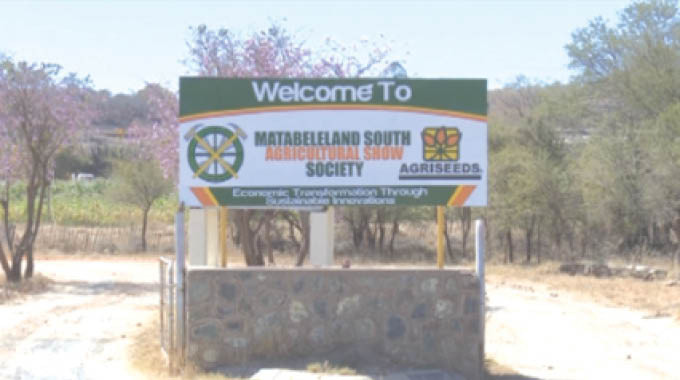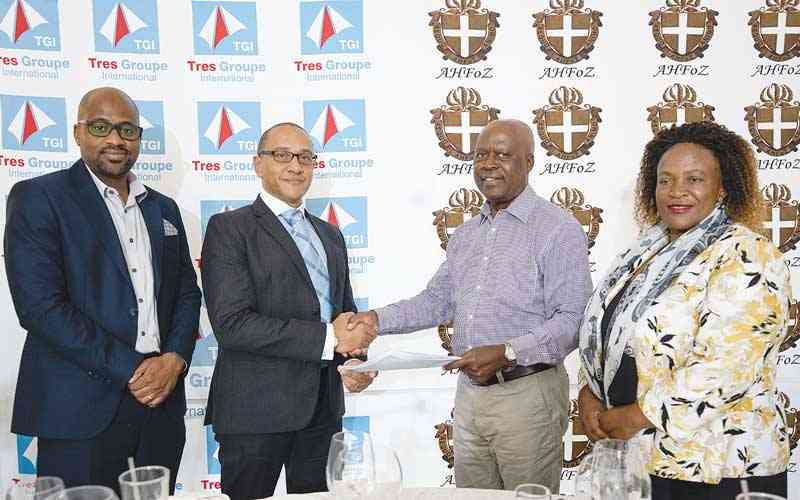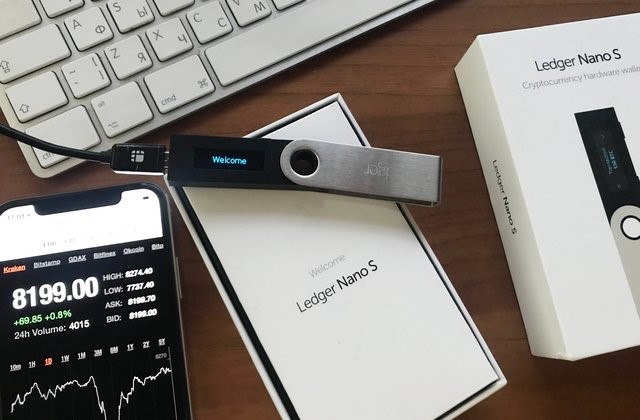
PACKAGING company, Nampak Zimbabwe Limited (Nampak) has placed its focus on cost control and margin preservation to place the group in a better position, as the firm’s profit after tax (PAT) halved in its financial year ended September 30, 2024.
During the period under review, Nampak posted a PAT of US$4,96 million from a prior year comparative of US$9,81 million.
This comes as there was a reduction in other income of US$8,88 million, with revenue declining to US$101,28 million during the same period from the prior year comparative of US$109,23 million.
Some of these challenges are why the South African packaging group, Nampak Limited is disposing of its subsidiary, Nampak, to the diversified local firm, TSL Limited, for US$25 million.
Talks are reportedly still ongoing for the disposal.
“The overall demand for packaging remained fairly static during the year, compared to the previous year, with the exception of tobacco-related packaging, which was negatively impacted by the El Niño-induced drought,” Nampak group managing director John P van Gend said in a statement attached to the financial year results for the period ended September 30, 2024.
“Management has continued with its focus on cost containment and operational efficiencies, whilst looking for new opportunities to improve both product offerings and quality.”
During the period, expenses and costs amounted to US$84,62 million, up 3,2% from the comparative prior timeframe.
- Africa is paying dearly for the Russian/Ukraine conflict
- Power cuts: Zesa sleeping on duty
- ‘School of funeral assurers a priority’
- What if nations fail on climate change adaptation?
Keep Reading
Nampak recorded a decrease in sales volumes of 8,4% from its Hunyani Paper and Packaging subsidiary under its printing and converting segment.
This was due to a decrease in demand for tobacco cartons as last year’s El Niño-induced drought lowered crop production.
For its plastics and metals segment, the firm’s Mega Pak subsidiary saw an increase of over 10,2% in volumes owing to demand for PET preforms and high-density polyethylene closures.
However, its CarnaudMetalBox sales volumes were down just over half a percent owing to lower demand for metals.
Van Gend further emphasised the group’s resilience despite the challenges that surrounded the business.
“The macroeconomic problems which have faced us in the manufacturing sector have yet to be solved. However, the group’s order book remains positive and the group remains free of debt,” Van Gend said.
“The unsettling war in the Middle East, as well as in Ukraine, have affected to some extent our supply chain of raw materials, which coupled with the pressures we face of erratic power, will present difficulties in the year ahead.”
He said the El Niño effect on the agricultural sector had not been as severe as initially envisaged and thus hoped for adequate orders in the tobacco, commercial, and horticultural sectors.
“I am confident that the group can weather the difficulties ahead. I must add that we remain a going concern,” Van Gend added.
Meanwhile, the group’s capital expenditure for the period under review amounted to US$3,50 million, focused mainly on projects to increase capacity and improve plant services.
NewsDay Business understands that there are some significant capital projects currently being reviewed by management, which, if circumstances permit, the group will implement.
In terms of liquidity, the firm ended the period under review being very liquid for its capital commitments, as it had US$2,21 to every dollar of short-term debt.
However, total assets for the firm were down at US$44,55 million compared to US$47,61 million at the end of the prior comparative period.










